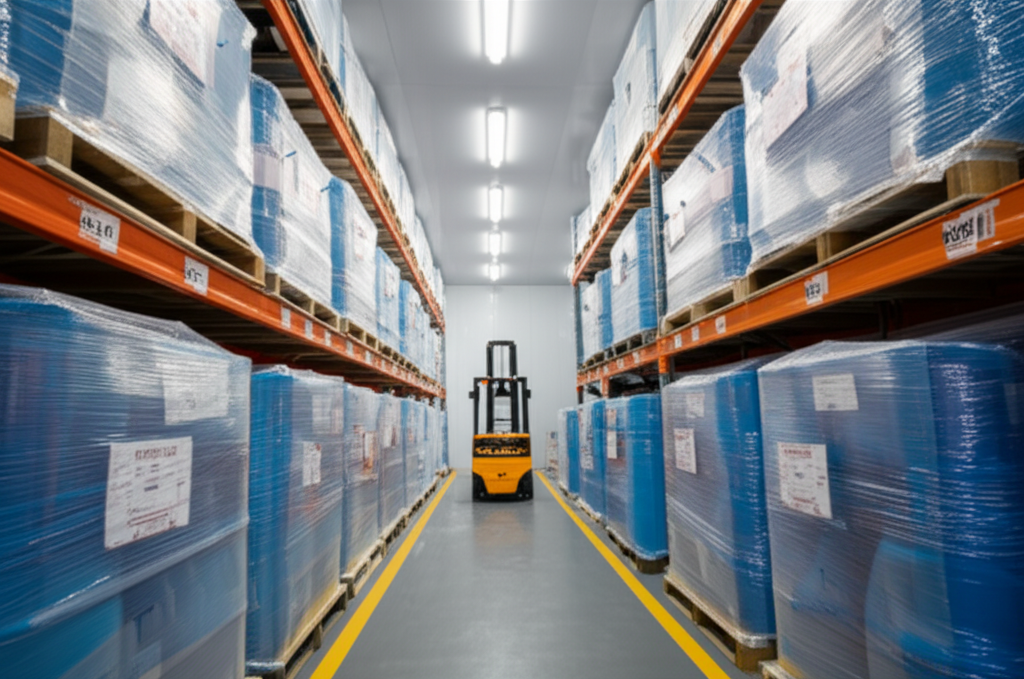Bromoethane, a versatile organic compound, is indispensable in applications ranging from industrial synthesis to agricultural fumigation and refrigeration. Traditionally produced through methods combining bromine salts with sulfuric acid and ethanol under cooled conditions, bromethane synthesis has long been plagued by low yields, impurities, and environmental harm. These conventional approaches often result in significant pollution and complex, costly operations, hampering their efficiency and sustainability. Now, an advanced production process has emerged, promising to overcome these historical challenges by introducing a streamlined, highly efficient method that emphasizes purity, minimal ecological impact, and straightforward implementation.
Core to this innovation is the methodical, step-by-step reaction sequence designed to maximize efficiency and product quality. Initially, a 1500-liter reactor—optimally lined to prevent contamination and corrosion—is prepped by adding sulfur and water, followed by stirring to ensure a homogenous mixture. This foundational step sets the stage for high reactivity. Next, a precise quantity of bromine is introduced, with temperature meticulously regulated to maintain a warm 35-40°C range, facilitating an initial phase of controlled chemical interaction.
Building on this, ethanol and sulfuric acid are incorporated, with the system held at a cooler, stable temperature of 25-30°C for an extended reaction period. This sustained phase, conducted over 50 hours under insulated conditions, promotes complete conversion without unnecessary waste. Crucially, the strategic use of temperature control throughout—warming during bromine addition and cooling in the primary reaction—ensures minimal by-product formation and high selectivity towards bromoethane.
Following the reaction, the mixture is rapidly cooled using a brine solution, a step that proves essential for efficient separation. At temperatures of 4-6°C, the reaction components stratify, allowing for clear division into aqueous and organic layers, with the oily, bromoethane-rich fraction isolated with precision. To further refine this crude product, a sodium carbonate wash is applied, operating at 8-10°C for a brief 10-minute interval. This cleansing step neutralizes any acidic residues and removes impurities, resulting in a cleaner, more stable intermediate.
The final purification involves transferring this washed layer into a distillation apparatus. With steam heating, the bromoethane is vaporized and collected, leaving behind any residual substances. This purification yields a high-purity end product ready for packaging and industrial use. All these steps utilize common, scalable equipment, making the process highly adaptable to existing manufacturing setups with minimal investment.
The innovations in this process deliver significant advantages over traditional methods. First, the yield and purity of bromoethane are substantially enhanced—estimates suggest improvements that address issues of impurity often seen in older syntheses, ensuring a consistent, high-grade output suitable for sensitive applications like pharmaceuticals and electronics. Second, the environmental footprint is drastically reduced: the controlled approach minimizes effluents and emissions, with the sodium carbonate treatment acting as an eco-friendly purifier, contrasting sharply with conventional pollution-heavy methods. Third, simplicity is paramount—every stage is straightforward and efficient, requiring basic training and standard facilities, which cuts operational costs and accelerates production timelines.

Broader implications for industries are profound. As demand for bromoethane grows—especially in sectors such as agriculture for pest control or in chemical manufacturing as a solvent—this method offers a sustainable and economical alternative. Its ease of scale-up means plants can adopt it rapidly without significant retrofitting, fostering global adoption. Moreover, by alleviating the common bottlenecks of waste disposal and high energy consumption, this process aligns with modern green chemistry principles, potentially setting new benchmarks for organic synthesis.
In conclusion, this breakthrough marks a pivotal advancement in bromoethane manufacturing, transforming what was once a problematic process into one that is reliable, clean, and commercially viable. As industries seek safer and more efficient solutions, this synthesis method stands out for its ability to meet rigorous standards while driving innovation forward.
Manufacturing Facilities






Professional Export Experience
to Global Customers

1. 20 years of R&D, manufacturing and sales experience, serving customers in 60 countries and regions around the world;
2. Own R&D laboratory, pilot platform and large-scale production workshop, which can meet the audit requirements of global customers;
3. We can satisfy customers' perfect transition from small scale lab requirements (gram level) to commercialization requirements (hundred tons level).
A: We don't have Minimum Order Quantity, exact quantity should be provided before quotation for us to calculate the exact cost.
A: We don't provide free samples due to lots of request and expensive international courier's cost, we can deduct the sample charge after commercial order placed.
A: Our payment terms: Small or sample order: T/T IN ADVANCE. Commercial order: First order should be by T/T IN ADVANCE or L/C at sight, and following orders T/T 30~90days is acceptable subject to approval of credit application.